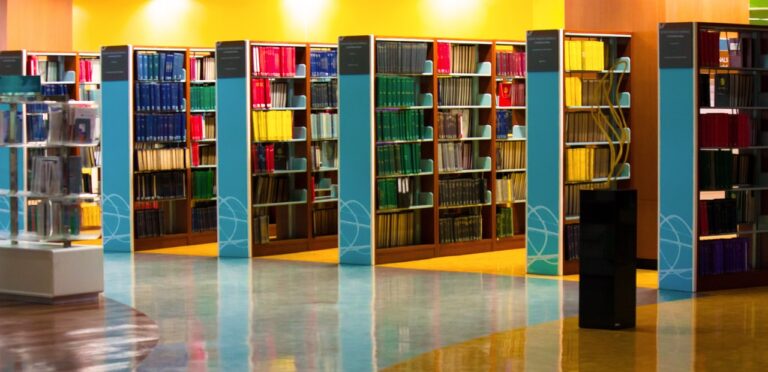Exploring Culturally Responsive STEM Education
Traditional STEM education faces numerous challenges that hinder the learning experience for students. One major issue is the lack of diversity and representation within the STEM fields, leading to a lack of inclusivity for underrepresented groups. This can result in students feeling disconnected from the material and less motivated to pursue careers in STEM.
Another challenge is the outdated teaching methods and curriculum that fail to engage students effectively. The emphasis on rote memorization and standardized testing often leaves little room for critical thinking and creativity, which are essential skills in STEM fields. Additionally, the fast-paced nature of technological advancements requires a curriculum that can adapt and keep up with the latest developments to adequately prepare students for the future.
The Importance of Cultural Responsiveness in Education
In today’s diverse society, it is crucial for educators to embrace cultural responsiveness in the classroom. By integrating students’ unique backgrounds, traditions, and identities into the learning environment, teachers can create a more inclusive and equitable educational experience for all.
Cultural responsiveness fosters a sense of belonging and validation among students, encouraging their active engagement in the learning process. When curriculum and teaching practices reflect students’ lived experiences and cultural perspectives, it can enhance their academic success and overall well-being.
Cultural Bias in STEM Curriculum
The presence of cultural bias in STEM curriculum has been a longstanding issue that continues to hinder the inclusivity and diversity of the field. This bias often manifests in the underrepresentation of certain cultures in science, technology, engineering, and mathematics materials, leading to a lack of diverse perspectives and experiences being highlighted in the classroom.
Furthermore, cultural bias in STEM curriculum can perpetuate stereotypes and limit the opportunities for students from underrepresented backgrounds to fully engage and excel in these fields. When students do not see their own culture reflected in the materials they study, it can create feelings of alienation and disinterest, ultimately impacting their confidence and motivation to pursue STEM careers.
• One of the key ways cultural bias is evident in STEM curriculum is through the examples and case studies used in textbooks and lesson plans.
• Another aspect of cultural bias in STEM curriculum is the lack of representation of diverse scientists, engineers, and mathematicians from different backgrounds.
• The language used in STEM materials can also contribute to cultural bias by favoring certain communication styles or terminology that may not be familiar or accessible to all students.
What are some challenges in traditional STEM education?
Some challenges in traditional STEM education include a lack of diversity in the curriculum, which can lead to cultural bias and exclusion of certain groups of students.
Why is cultural responsiveness important in education?
Cultural responsiveness is important in education because it ensures that all students feel seen, heard, and valued in the classroom. It helps create a more inclusive and equitable learning environment.
How does cultural bias manifest in STEM curriculum?
Cultural bias in STEM curriculum can manifest in various ways, such as using examples and case studies that only reflect the experiences and perspectives of a dominant culture, or presenting information in a way that excludes the contributions and achievements of historically marginalized groups.
What are some strategies for addressing cultural bias in STEM curriculum?
Some strategies for addressing cultural bias in STEM curriculum include diversifying the examples and perspectives presented in the curriculum, incorporating the contributions of diverse cultures into lesson plans, and providing opportunities for students to explore STEM subjects through their own cultural lens.







